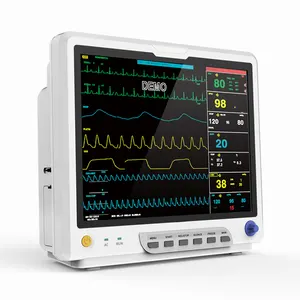Giới thiệu về màn hình dấu hiệu quan trọng icu
Alibaba.com cung cấp các sản phẩm 751 màn hình dấu hiệu quan trọng icu. Có rất nhiều màn hình dấu hiệu quan trọng icu lựa chọn dành cho bạn, chẳng hạn như nhựa, kim loại, và acrylic. Bạn cũng có thể chọn từ điện, máy móc màn hình dấu hiệu quan trọng icu. Cũng như từ class ii, class i màn hình dấu hiệu quan trọng icu.Và bất kể màn hình dấu hiệu quan trọng icu là gb15979-2002.














